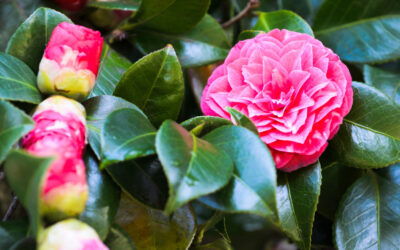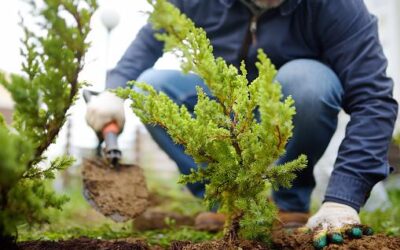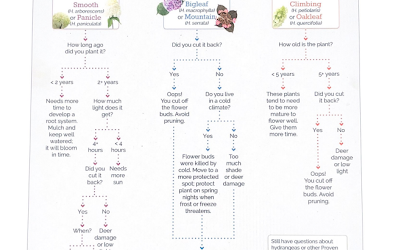Have you been hearing the phrase “victory garden” quite a bit lately?
Victory gardens first became popular during World War I and returned to prominence again during World War II. During these periods, public food systems were being overburdened due to extremely high demand. The government began to urge citizens to show their patriotism and support the war effort by planting victory gardens at their homes. With citizens now planting, fertilizing, and harvesting their own fruits and vegetables, food from farms and processors could be directed to soldiers.
While victory gardens are no longer needed due to a war, they are once again becoming popular! Gardeners are enjoying being self-reliant as they grow their own food – even those in an apartment or condo! Whether you have a backyard with room for a few garden beds or a sunny balcony with window boxes or containers, anyone can create their own victory garden.
Check out this film from the US Office of Civil Defense encouraging people to plant a victory garden during World War II!
Where To Plant Your Victory Garden
Fruit and vegetable plants love to receive lots of sun! Find a spot that receives at least six hours of direct sunlight each day. If you’re building a raised bed for your victory garden, make sure your chosen spot is level.
Also, think about how you will be watering your garden. Save yourself time and energy and place your close to a water source!
Materials
- Three 2x12x8 cedar boards
- Angle brackets
- Screws
- Drill
- Weed fabric
- Gravel
Step 1. Place your weed fabric. You want it to extend past the edge of your raised bed to make sure no weeds can grow up the sides. If you need to use multiple pieces of weed fabric, make sure they overlap.
Step 2. Cut one of your cedar boards in half. Place your wood on top of your weed fabric in the shape of a rectangle.
Step 3. Screw in your angle brackets where each board meets.
Step 4. Lay your gravel around the outside of your new raised bed, over the extra weed fabric.
Step 5. Fill your new bed with soil and plants! We recommend using a garden soil blend. Don’t use screened topsoil because it is just dirt that has no nutrients and turns into mud when it rains.
What To Plant In Your Victory Garden
Think about the fruits and vegetables that you buy at the grocery store regularly, and make sure you include those in your victory garden. Most should be planted in the spring but cole crops, onions, garlic, and potatoes are all planted in cooler weather. A cole crop is any plant in the mustard family:
- Broccoli
- Brussels sprouts
- Cabbage
- Cauliflower
- Collards
- Kale
- Kohlrabi
- Mustard
Short on space? Choose determinate plants. Determinate fruits and vegetables will only grow to a certain size, and then they will stop growing. Indeterminate plants will continue to grow all season long without stopping. If you choose an indeterminate plant, you will probably need to include a supporting structure in your victory garden.
Check out our blog post for a list of varieties that we stock and if they are determinate or indeterminate.
A victory garden is a great way to get the whole family out of the house! Let your kids help. Teach them about how things grow and the pollinators that help the plants, and then let them help cook in the kitchen after the harvest!
Send us pictures of your victory gardens and let us know what you’re planting! Happy harvesting!


